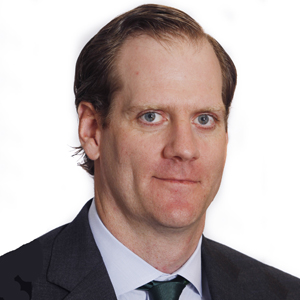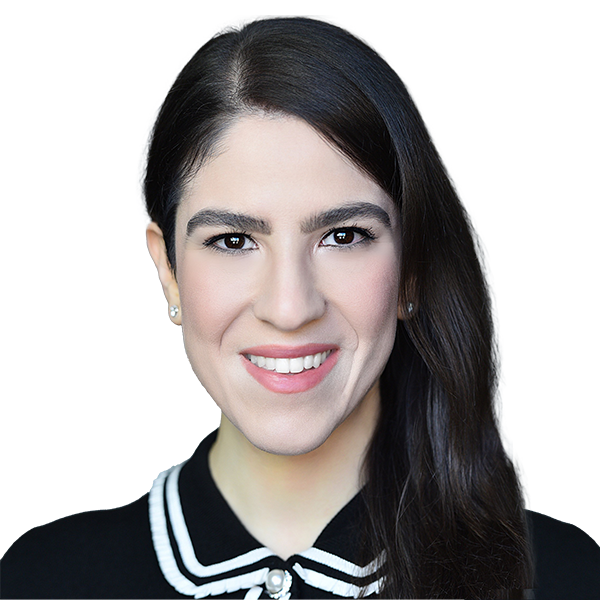As we began to witness this January, 2022 was certainly going to look and feel very different than the year prior. Closing out 2021 the market began to grapple with discrepancies in perception versus reality after a year of unprecedented and record-breaking issuance, performance and deal activity. January quickly snapped us back to the staunch reality of inflationary pressures, a hawkish Fed and an increasingly tepid market environment. Many of the market’s performance drivers over the last 24 months were borne out of the crisis manifested from the onset of COVID-19 in the first quarter of 2020. We are now starting to witness expansive ripple effects unfold as the Fed sits between a rock and a hard place to combat historically high levels of inflation and a devastating war in Europe sends geopolitical shockwaves through the global markets.
You can’t wait for inspiration. You have to go after it with a club.
Last quarter we turned to the timeless words of Charles Dickens in our piece Great Market Expectations as we examined 2021 market performance and January’s market volatility spurred by the fears of looming rate hikes. We highlighted then that even with the market needing to calibrate to a new equilibrium and persistent near-term volatility, we remained steadfast in our conviction that now is the time to be even more forward leaning and structurally nimble across the public and private global corporate credit spectrum.
The twists and turns of the first quarter and current market tone now take us back to Jack London’s adventure novel, The Call of the Wild. Like the novel’s protagonist Buck, our goal was to not only withstand the market’s wild but also to ensure we are in a position to thrive in it. We believe we are doing so by leveraging our experienced and expansive tool kit to originate, invest, and structure compelling credit investment opportunities across our global platform. We are in a unique market environment today. It is clear that there is currently no true consensus amongst market participants on what is to come and how the landscape will continue to shift. However, there is a growing need to turn the discomfort of the rules of the past into an opportunity set for the future and we believe this environment is beginning to look ripe for doing so. In the words of London, “it marked [our] adaptability, [and our] capacity to adjust to changing conditions.”
Key Themes
- Survival of the Supply & Demand Technicals
- The Shift and Impact on Private Credit
- Rapidly Moving Rates Have Ripple Effects on the Market
We have seen this thesis play out two-fold in the first four months of the year. On the equity side, the S&P is off to its worst start since 1939 and the NASDAQ has sold off nearly 21% as of April 30th 1 catapulting a shutdown of the IPO market and igniting a new fear of slowing growth. On the credit side, the globalization of markets over the last decade, which also fueled growth, is starting to experience the impacts of the impending Fed unwind. Although we have been highlighting this for some time, it is now apparent due to the exacerbated market conditions which have prompted volatility in asset pricing, currencies and FX derivatives and fund flows across the ecosystem. Importantly, this market is now highlighting the decoupling of the stock market and credit markets which will be an important dynamic for portfolio construction and asset allocation across investment portfolios. Additionally, given the intrinsic relationship between fund flows and market making — this event kick started a domino effect on the heels of Russia’s invasion of Ukraine — the primary credit calendar froze and universally stalled capital markets activities. This resulted in the redirection of deal flow from issuers and simultaneously ignited private credit market activity. We are now experiencing credit moving from one segment of the market as a result of the volatility and decoupling effect to another segment — privates. Private credit investors have been excited about this recent flow as it brings forth bigger businesses and capital structures to lend to. On the rate side the short end of the curve first experienced considerable movement and then flipped to the long end in the last weeks of April. Long duration assets such as investment grade bonds and high yield BB’s endured rate pain while floating rate leveraged loans weathered the mark to market storm, ending the quarter near flat. As a stark pall of uncertainty ensued, cash reserves continued to increase and pending M&A sought to find a new capital base and home. However, it is important to highlight that the increased dispersion in the market is more tied to technical headwinds than it is to fundamentals.
REFERENCES
- Bloomberg as of April 29, 2022
DISCLAIMER




Share on